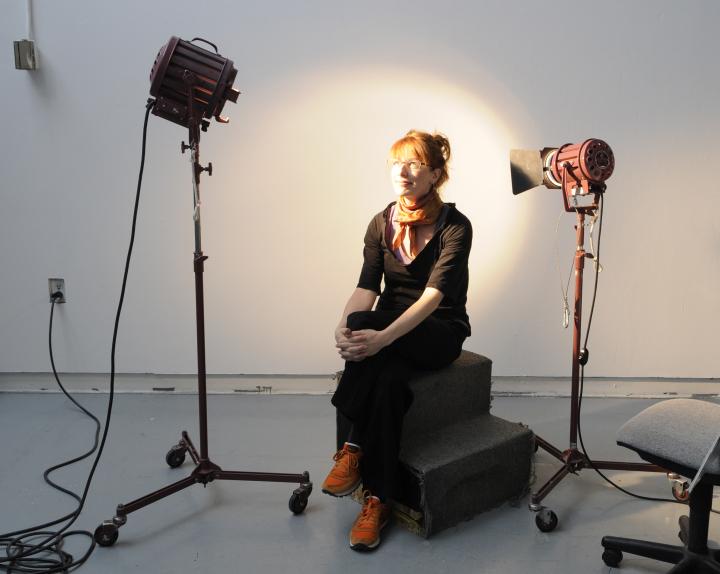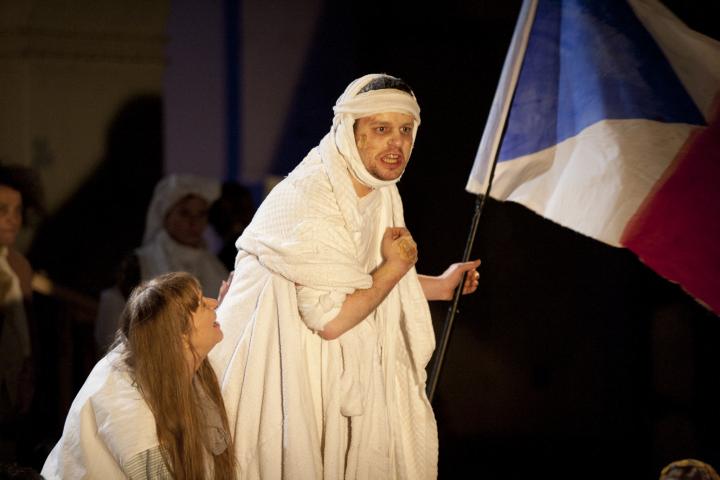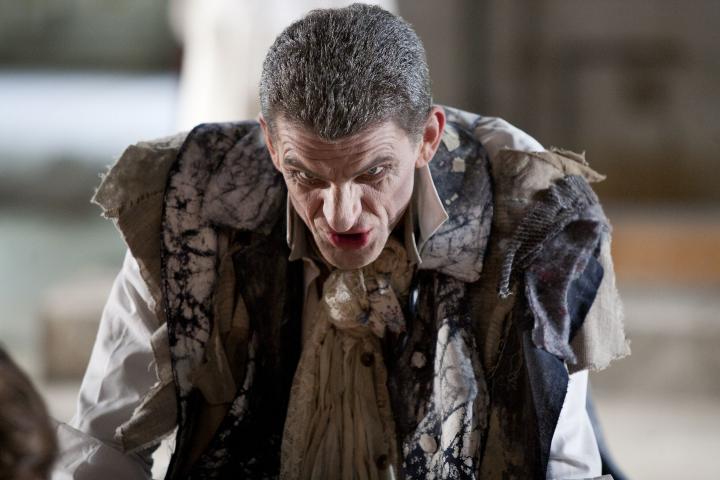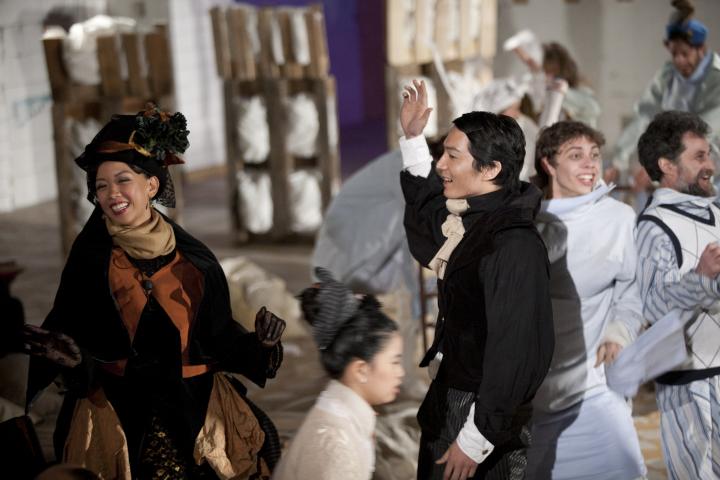Poster: Marat-Sade-Bohnice Poster (PDF)
The Waterloo Centre for German Studie (WCGS) hosted a diversified afternoon about the French Revolution, the complexity of theatre and questions about normality, democracy and self-discovery:
On 7 February 2013, the Canadian artist Althea Thauberger presented her new project Marat Sade Bohnice at the University of Waterloo. After an introduction to her interesting project, Althea Thauberger showed her film and discussed it afterwards with the audience over refreshments.

Marat Sade Bohnice is an experimental and documentary record of the performance of German author Peter Weiss’ play Marat/Sade at Bohnice, a psychiatric hospital in Prague. The WCGS has supported this artistic project.
If someone missed this entertaining afternoon in Waterloo, he or she still has the chance to see Marat Sade Bohnice in Toronto, as the project is currently shown at the Power Plant Contemporary Art Gallery.
In the following you can find some information about Althea Thauberger’s film and project:
The original play Marat/Sade, that German author Peter Weiss published in 1963, is a play-within-a-play with the fiction that Marquis de Sade directed a play about the assassination of Jean-Paul Marat and staged it in the Charenton asylum in France in 1808, nineteen years after the beginning of the French Revolution. The actors are the inmates of the asylum who are mental patients or political prisoners. The play reveals an ongoing debate about whether the imperatives of revolution originate within the individual or within society as a whole.
As in the fictional play the historical Jean-Paul Marat, a French politician and a leading brain of the French revolution, was murdered by Charlotte Corday, an opponents’ sympathizer in 1793. Marquis de Sade, after whom sadism is named, was a French writer, philosopher and politician, known for his libertine sexuality. Most of his works combine philosophical thoughts with violent sexuality. De Sade was held prisoner in the Charenton lunatic asylum from 1801 until his death in 1814 and during this time he did indeed direct performances in the asylum with other inmates. In his play, Peter Weiss brought together two unconventionally thinking figures that could not be more different: Jean-Paul Marat, convinced revolutionary and adamant fighter for justice and equality among people and Marquis de Sade, cynic and disaffected follower of the French revolution, who satisfies his extremely hedonistic view of life with barbarity and brute sexuality. In the course of the play, Marquis de Sade conducts many philosophical dialogues with Jean-Paul Marat, which he follows with sardonic amusement.
Since the original play is set in the Charenton asylum’s bath house, Canadian artist Althea Thauberger staged the play Marat/Sade in the abandoned laundry facilities of Bohnice, the largest psychiatric hospital in the Czech Republic. In collaboration with the experimental theatre company Akanda, the play has been performed for the patients and staff of Bohnice as well as for general audiences over five nights and filmed by the artist. In so doing, Thauberger blurs the wall that generally separates the audience from the actors on stage.
Thauberger’s works are often developed in collaboration with the people depicted, offering the participants opportunities for self-exploration and self-definition. Her final works, usually films and/or photographs that record the collaborations, are remarkable documents that engage and surprise the audience.
Scenes from the film Marat Sade Bohnice


